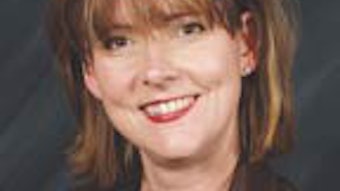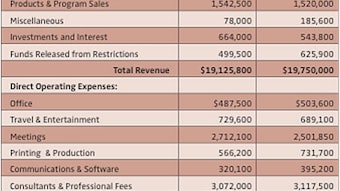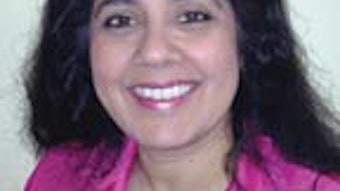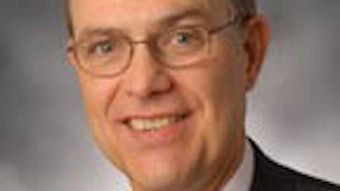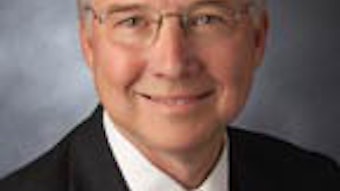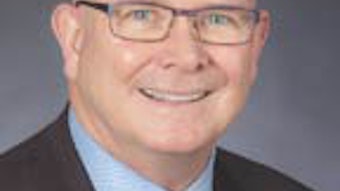Healing the Children, Northeast: Burn Care, Smiles in Thailand
Joseph Rousso, MD, New York Eye and Ear Infirmary, New York, NY This past February, I had the distinct pleasure of being one of 50 people selected to take part in a 10-day international humanitarian mission to Bangkok, the capital city of Thailand. I was awarded the travel grant by AAO-HNSF’s Humanitarian Efforts Committee, and it allowed me to realize the opportunity to help give life-altering care to Thai children and families. Our surgical work included correction of craniofacial malformations as well as burn and orthopedic care. This took place at HRH Princess Maha Chakri Sirindhorn Hospital, whose distinguished namesake personally met with us and the post-operative patients at the conclusion of our mission. Coordination of patient care was largely handled by local volunteers and Thai-American physicians’ networks—vital assets, as the majority of our patients were bused in from remote parts of the country. Thailand is a country of 514,000 square kilometers, roughly twice the size of Wyoming, with a population of 65.5 million people. The population is made up of 14 percent indigenous people, whose access to specialty care is extremely limited. The hospital is seeking international cooperation and working on creating affiliations with medical schools in the United States and England. There was a lot of enthusiasm upon our arrival and an interest on the part of our Thai counterparts in partnering with us in our efforts. This included operating alongside Thai surgical residents, medical students, circulating nurses, and scrub techs. Manoj T. Abraham, MD, a facial plastic and reconstructive surgeon in Poughkeepsie, NY, who has led many surgical mission trips throughout the world, led our team. Alongside Dr. Abraham was a multidisciplinary team that included plastic and orthopedic surgeons, speech therapists, complete operating room staff, and the organization’s executive administrator. Several AAO-HNS members made up the list of surgeons. These included facial plastic and reconstructive surgeon Andrew A. Jacono, MD, head and neck surgeon Augustine L. Moscatello, MD, pediatric otolaryngologist Lianne M. De Serres, MD, facial plastic fellow Evan Ransom, MD, and myself, an otolaryngology resident. Our operative screening day was eye opening, bringing us a perspective of how disfiguring and functionally restrictive burn injuries and untreated craniofacial malformations can be. The patient population ranged from age 3 months to 30 years old, and included primary and revision craniofacial surgeries in addition to burn excisions, some requiring skin grafts and others closed with local and regional flaps. There are no words to describe how a surgical resident feels when watching a mother weep for joy upon receiving twin daughters back in her arms with absorbable sutures replacing the cleft lips that once stigmatized them. The joyous moments did not come without disappointment, including seeing a heartbroken mother being told that her 2-year-old with hemifacial microsomia was too young for attempted microtia repair. Through the joy and disappointment, I was buoyed by my own feeling of gratitude through the entire process. I felt gratitude to our patients for entrusting us to help them, gratitude to my residency program and specialty for teaching me the skills necessary to bring help to needy children, gratitude to Healing the Children for instilling in me a sense of responsibility to those in need worldwide, and gratitude to the Academy for making my travel grant possible. I look forward to being a part of surgical mission trips throughout my career, with aspirations of becoming a team leader one day.
Joseph Rousso, MD, New York Eye and Ear Infirmary, New York, NY
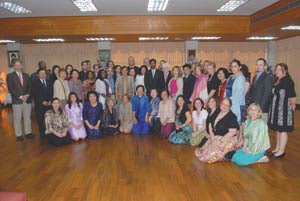 Healing the Children team with HRH Princess Maha Chakri Sirindhorn.
Healing the Children team with HRH Princess Maha Chakri Sirindhorn.This past February, I had the distinct pleasure of being one of 50 people selected to take part in a 10-day international humanitarian mission to Bangkok, the capital city of Thailand. I was awarded the travel grant by AAO-HNSF’s Humanitarian Efforts Committee, and it allowed me to realize the opportunity to help give life-altering care to Thai children and families.
Our surgical work included correction of craniofacial malformations as well as burn and orthopedic care. This took place at HRH Princess Maha Chakri Sirindhorn Hospital, whose distinguished namesake personally met with us and the post-operative patients at the conclusion of our mission. Coordination of patient care was largely handled by local volunteers and Thai-American physicians’ networks—vital assets, as the majority of our patients were bused in from remote parts of the country.
Thailand is a country of 514,000 square kilometers, roughly twice the size of Wyoming, with a population of 65.5 million people. The population is made up of 14 percent indigenous people, whose access to specialty care is extremely limited. The hospital is seeking international cooperation and working on creating affiliations with medical schools in the United States and England. There was a lot of enthusiasm upon our arrival and an interest on the part of our Thai counterparts in partnering with us in our efforts. This included operating alongside Thai surgical residents, medical students, circulating nurses, and scrub techs.
Manoj T. Abraham, MD, a facial plastic and reconstructive surgeon in Poughkeepsie, NY, who has led many surgical mission trips throughout the world, led our team. Alongside Dr. Abraham was a multidisciplinary team that included plastic and orthopedic surgeons, speech therapists, complete operating room staff, and the organization’s executive administrator.
Several AAO-HNS members made up the list of surgeons. These included facial plastic and reconstructive surgeon Andrew A. Jacono, MD, head and neck surgeon Augustine L. Moscatello, MD, pediatric otolaryngologist Lianne M. De Serres, MD, facial plastic fellow Evan Ransom, MD, and myself, an otolaryngology resident.
Our operative screening day was eye opening, bringing us a perspective of how disfiguring and functionally restrictive burn injuries and untreated craniofacial malformations can be. The patient population ranged from age 3 months to 30 years old, and included primary and revision craniofacial surgeries in addition to burn excisions, some requiring skin grafts and others closed with local and regional flaps.
There are no words to describe how a surgical resident feels when watching a mother weep for joy upon receiving twin daughters back in her arms with absorbable sutures replacing the cleft lips that once stigmatized them. The joyous moments did not come without disappointment, including seeing a heartbroken mother being told that her 2-year-old with hemifacial microsomia was too young for attempted microtia repair.
Through the joy and disappointment, I was buoyed by my own feeling of gratitude through the entire process. I felt gratitude to our patients for entrusting us to help them, gratitude to my residency program and specialty for teaching me the skills necessary to bring help to needy children, gratitude to Healing the Children for instilling in me a sense of responsibility to those in need worldwide, and gratitude to the Academy for making my travel grant possible. I look forward to being a part of surgical mission trips throughout my career, with aspirations of becoming a team leader one day.
